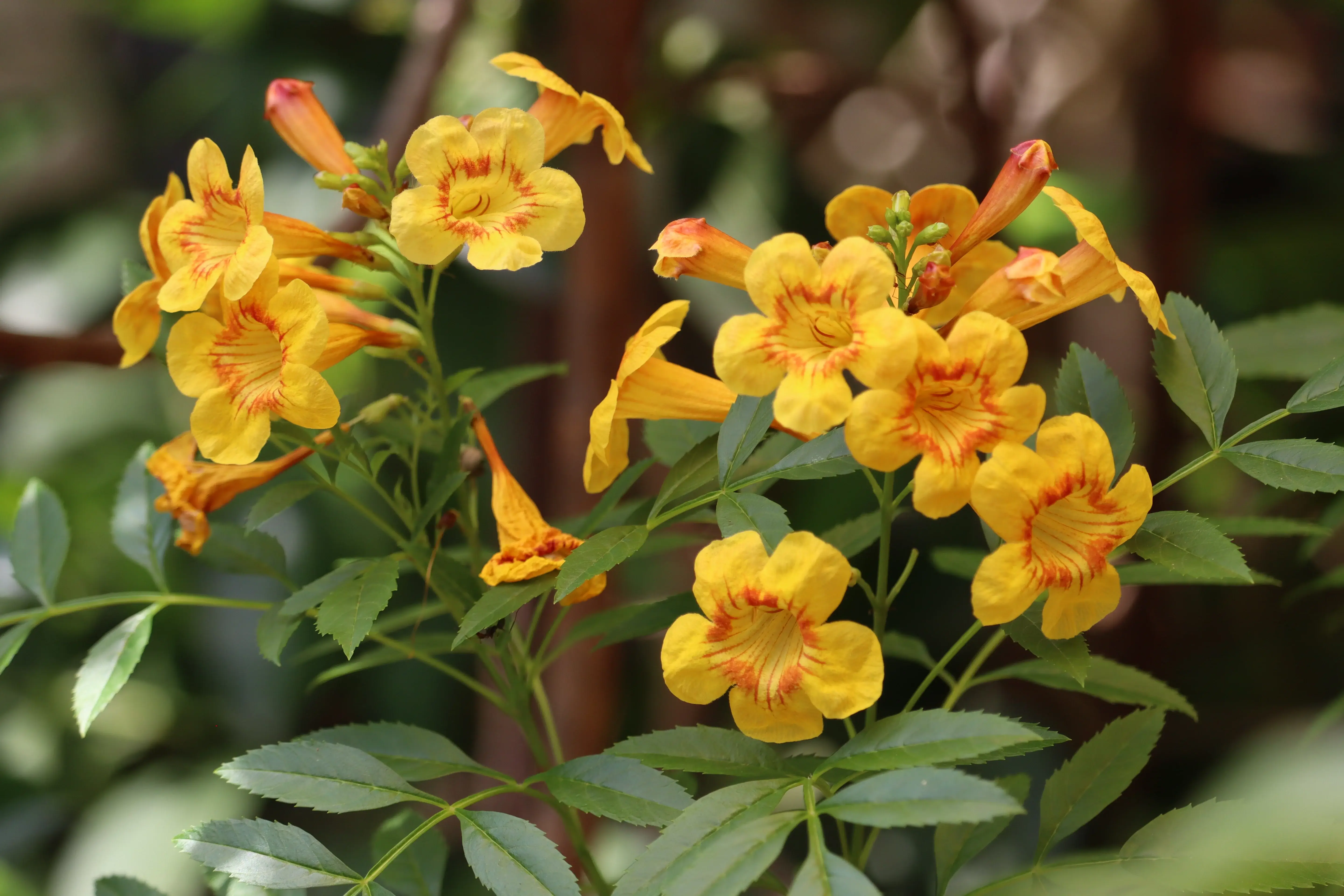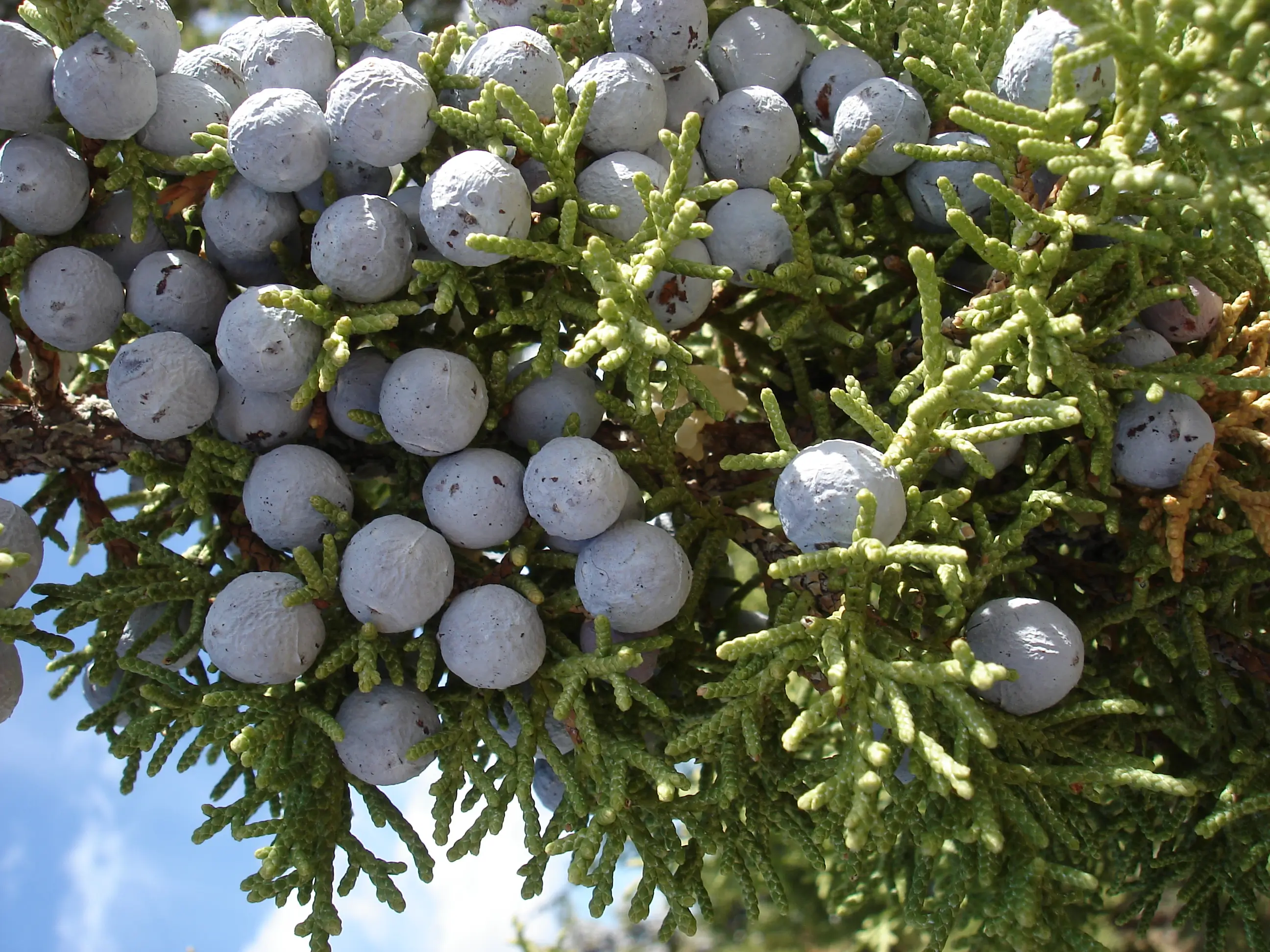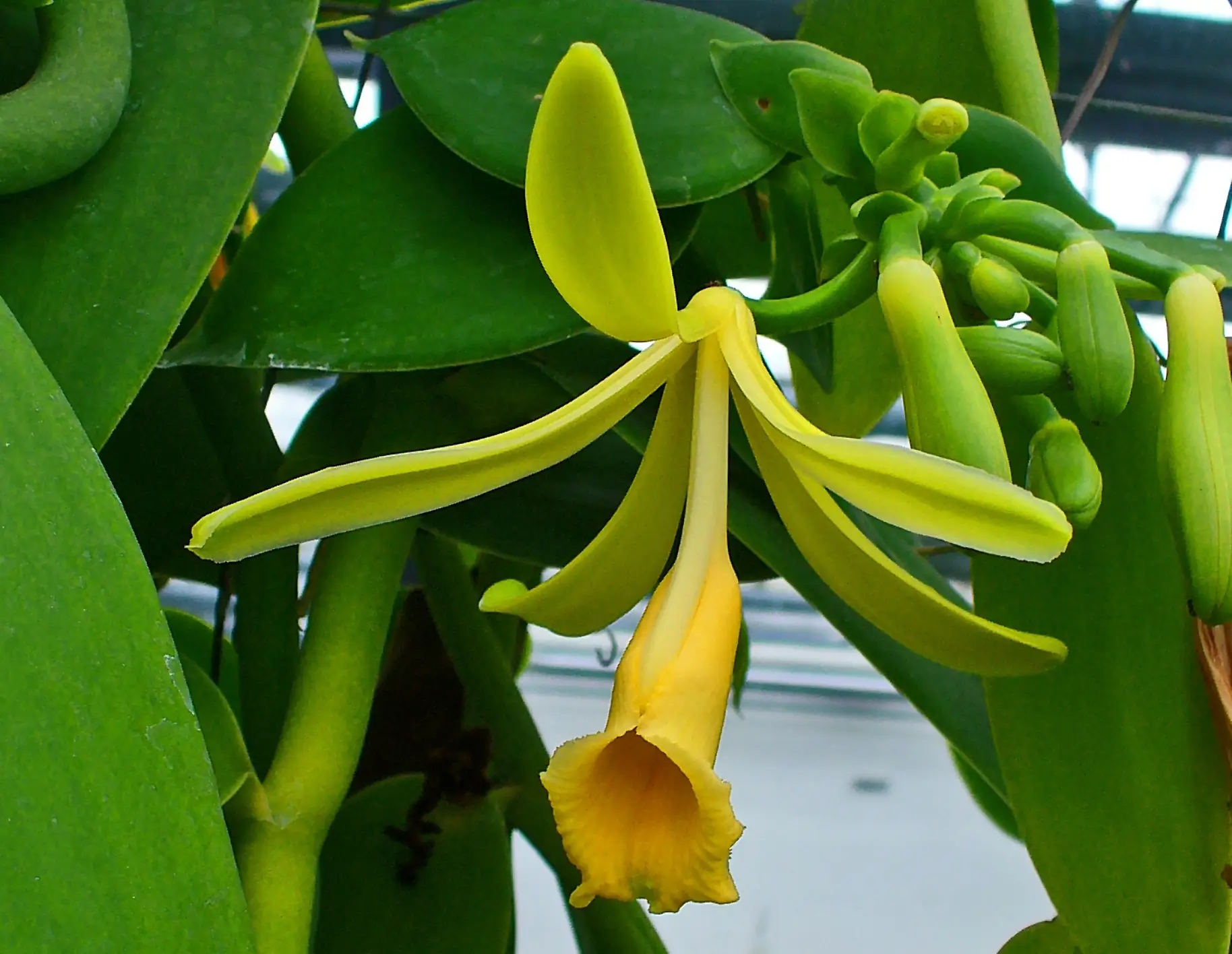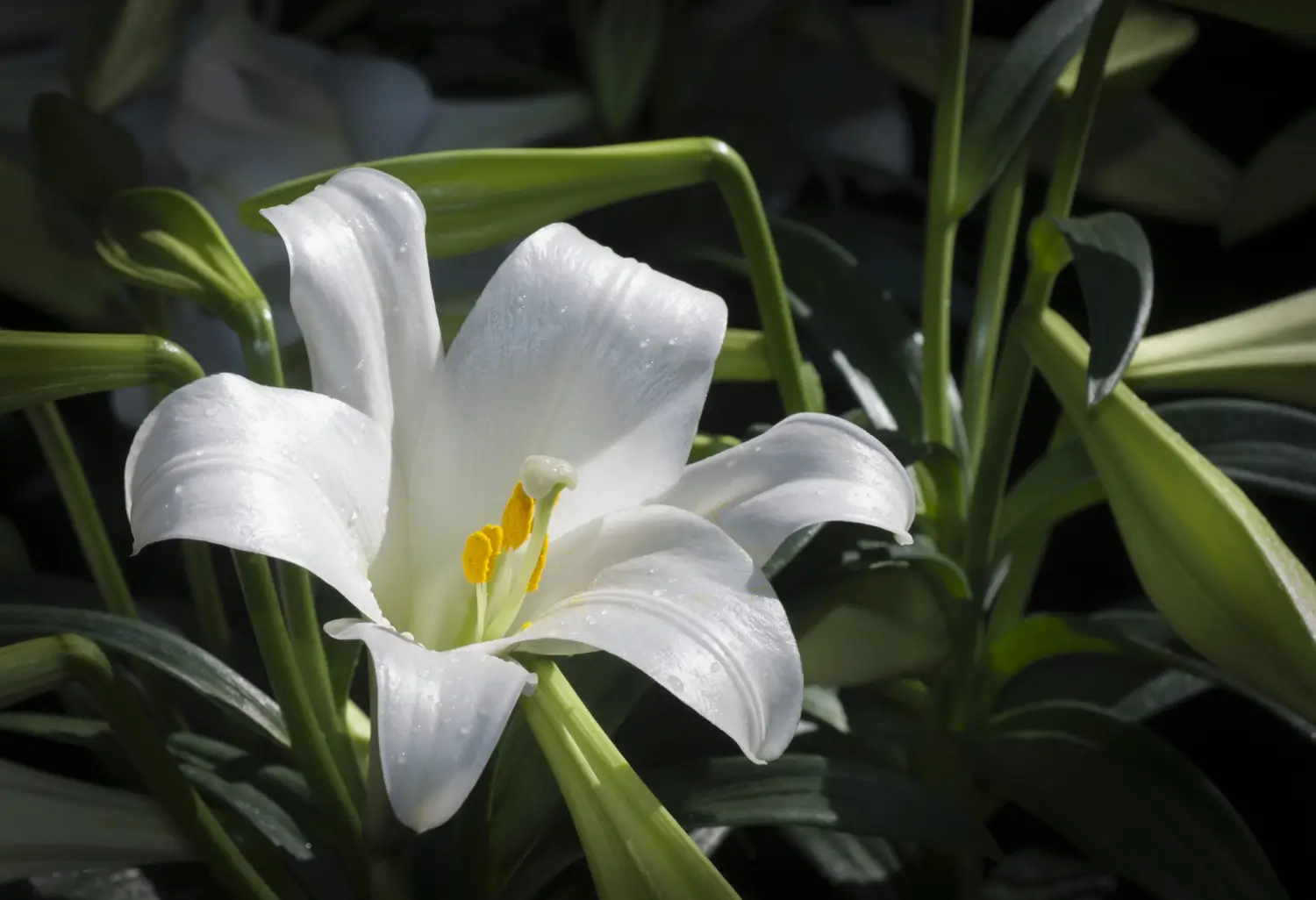
Soil Health & Fertilization
We unite suppliers and green industry professionals worldwide
Yellow Bells also known as Yellow Elder, Esperanza or Trumpetbush, is a rapidly-growing, sun-loving shrub or small tree that is native to the Americas.
By Victor Miller
|Published on June 18, 2025


“Need a plant that thrives in heat, blooms like crazy, and attracts pollinators in droves? Yellow Bells could be your soul mate.”
Yellow Bells (Tecoma stans), also known as Yellow Elder, Esperanza, or Trumpetbush, is a rapidly-growing, sun-loving shrub or small tree that is native to the Americas. Known for its brilliant golden trumpet-shaped flowers and feathery green foliage, Yellow Bells provides a truly tropical look for gardens and patios.
It’s a favorite in warm climates because it can handle drought, has a long blooming season and will thrive in tough conditions. Whether you want to brighten a garden bed or add a splash of life to a sunny container, this superstar bloomer offers nonstop color and energy.
| Botanical Name | Tecoma stans |
| Common Names | Yellow Bells, Yellow Elder, Esperanza, Trumpetbush |
| Type | Deciduous shrub or small tree |
| Height | 3–20 feet (varies by type and climate) |
| Light Needs | Full sun |
| Soil | Well-draining, sandy or loamy soil is ideal |
| Water Needs | Low to moderate once established |
| Hardiness Zones | 8–11 |
| Bloom Time | Spring to frost |

September 25, 2025
9 minute read
September 24, 2025
9 minute read
September 23, 2025
10 minute read
September 22, 2025
9 minute read


Join as a seller and connect with thousands of B2B buyers nationwide!
Sign Up

Utah Juniper
Meet the Utah Juniper (Juniperus osteosperma) - a natural wonder of persistence! This tough evergreen shrub can take what most plants cannot: intense heat, ricky soil, biting cold and prolonged drought.

Vanilla
Vanilla, the world’s most popular flavor, actually comes from a plant. Namely the Vanilla planifolia, a tropical vining orchid that produces long green pods rich with flavor and history.

Easter Lily
With little effort, the Easter Lily produces its spectacular display of trumpet-shaped white flowers that bloom in time for Easter.

Easter Cactus
The Easter Cactus (Rhipsalidopsis gaertneri) is here to challenge every stereotype. This tropical beauty isn’t about blistering heat and endless droughts—it's a rainforest native that thrives in humidity, shade, and well-timed neglect
Yellow Bells are low-maintenance and high-reward. They prefer hot, dry weather and need no maintenance except occasional watering once they are established. Plant in spring once danger of frost has passed. Choose a site with full sun and good drainage - these plants hate wet feet.
Mulching helps retain moisture in the early stages, but once mature, they’re remarkably drought tolerant. Though almost completely pest resistant, an aphid or a caterpillar may visit occasionally - nothing a quick rinse or natural treatment can’t handle.
They’re deer-resistant, and attractive to bees, butterflies and hummingbirds.
Yellow Bells do well in full sun. The more sun they get (at least 6–8 hours a day), the better their blooming performance and overall growth. Partial shade will result in less flowering and plants may get leggy. For best results, provide them with a bright, open setting.
Well-draining soil is a must. Yellow Bells prefer to grow in sandy, loamy or rocky soil with good drainage. They’re also quite tolerant to either poor or alkaline soils, so they’re a good option for arid or desert areas. Avoid planting in areas where water collects or soil stays soggy.
Water regularly during first growing season to help develop a deep, healthy root system. After they’re established, you won’t even need to water Yellow Bells much - every 10-14 days during dry periods is often enough. Avoid overwatering, which can lead to root rot, so it’s better to err on the dry side.
Prune Yellow Bells to shape and encourage bushier growth.
Pro tip: In zones where it dies back in winter, cut it to the ground - it will return vigorously in spring
Yellow Bells is easily propagated via seeds or cuttings.
From seeds:
From cuttings:
The compact Yellow Bells types, such as ‘Bells of Fire’ or ‘Sparky,’ are good choices for containers.
Tip: Overwinter container plants indoors in colder zones
Yellow Bells are evergreen in USDA zones 9-11. In zone 8, they may die back, but will regrow in spring. In colder areas, grow as an annual or overwinter in an unheated garage or greenhouse.
Yellow Bells blooming begins in spring and can continue flowering into fall or through the winter in warm regions. The large, bright yellow, trumpet-shaped blooms form in clusters at the branch tips.
Yellow Bells are relatively problem-free, but a few issues can occur:
With its sunshine-yellow blooms, easy-care nature, and love for hot weather, Yellow Bells is a dream plant for gardeners in warm climates. Whether grown as a flowering hedge, a focal point in a xeriscape or a container centerpiece, it provides tropical flair and pollinator power with almost no fuss.
If you're looking for a plant that gives more than it asks for - Yellow Bells deserves a place in your garden spotlight.
In certain areas, particularly the Caribbean islands and tropical Asia, Tecoma stans has naturalized aggressively. Check with your local extension office if you're unsure.
It’s not great for long-term indoor growing, but dwarf varieties can be overwintered indoors in a sunny window.
Yes - they attract hummingbirds, bees and butterflies with nectar-rich blossoms.
It is not listed as toxic by the ASPCA, but ingestion in large amounts may cause mild digestive upset.
Very fast! In the right conditions, it can achieve 2–4 feet of growth each year.

Soil Health & Fertilization
Victor Miller

Pest Identification & Prevention
Victor Miller

Lawn Care Tips & Maintenance
Victor Miller

Soil Health & Fertilization
Victor Miller

Smart Irrigation Systems
Victor Miller

Patios, Walkways & Driveways
Victor Miller

Soil Health & Fertilization
Victor Miller

Pest Identification & Prevention
Victor Miller
My Account
Our team is always here to help.
We are open Monday - Friday, 9:00 AM to 4:30 PM PST.